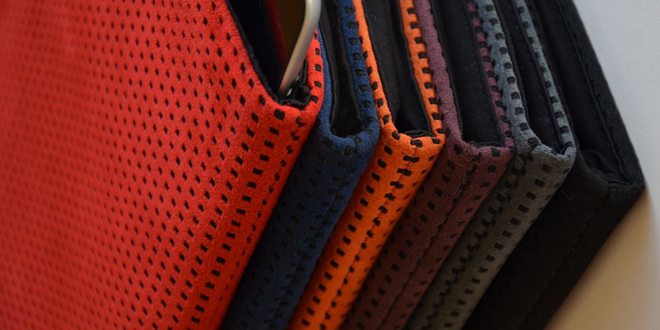If you are like me, a married gamer with young children, your living room real estate is in high demand. In fact, between your television, current generation game systems, DVD player, DVR, kiddie consoles and related accessories/media, it likely borders on a high tech disaster area. Still, no matter how many retro titles are available for download via your current system of choice, the gaming experience seldom compares to playing real classic cartridges on a physical console. The problem, of course, is finding a place for your NES and SNES in an already packed entertainment center.
The Retro Duo seeks to remedy this problem by serving double duty. It comes equipped with cartridge slots for both 8- and 16-bit Nintendo games, and, if the sages are to be believed, even supports imported Super Famicom carts. Aside from the obvious perk of preserving limited shelf space by its dualistic nature, the console’s diminutive footprint adds to the appeal. At a scant 6×7 inches, it’s easy to make a little room for the Retro Duo, with the only real size constraint owing to its top-loading design (which, when cartridges are inserted, adds considerable altitude to its 2 inch height). Sadly, this layout also spotlight’s the first of the system’s peculiarities.
While inserting and removing cartridges from the NES slot is fairly effortless, the Super Nintendo slot on my review unit seemed slightly undersized. Popping in a cart requires a firm push that’s well within my five-year-old’s abilities, but removing that sucker involves an exertion of force that may be a bit beyond younger geeklings. The system’s actual interface, however, is a picture of simplicity easily grasped by all age groups.
The console features the requisite reset button and a three-position power switch. The center position is “off,” the up position places the Retro Duo in NES mode and the down position SNES mode. This handily coincides with the relative location of the system’s game slots. The entire works is encased in a stylish but noticeably flimsy shiny, plastic package. The build quality isn’t horrible, but it is a tad underwhelming.
The same can be said for the Retro Duo’s controllers. Modeled directly after the “dog bone” controllers of the Super Nintendo, they are made of the same lean plastic as the console itself, but somehow manage to have a bit of an odd, bulky feel as if they aren’t quite contoured correctly for human hands. The good news is the d-pad, face and shoulder buttons are snappy and responsive. Of course, due to the console’s design it is totally possible to use original SNES controllers in their stead, should you be fortunate enough to have a pair lying around. Unfortunately, this also means that NES specialty controllers like the Zapper are incompatible. No Duck Hunt here, folks.
Keep in mind that this is a clone console that is in no way licensed by Nintendo, so it offers a bit less than 100% game compatibility. However, I found all of the 8- and 16-bit Nintendo titles in my collection – almost 40 in all – to be fully playable. Visually, the Retro Duo renders the often crude graphics of bygone gaming eras very well, and the included S-Video cable offers a slight improvement in overall sharpness. On the other hand, the audio element, particularly with regard to that of NES titles, lacks much to be desired. Pitch, tempo and distortion problems abound, and, while I certainly wouldn’t characterize these sound issues as rendering any game unplayable, it does somewhat dull the overall experience.
The Retro Duo is far from perfect. With tinny audio, chunky controllers and a rather flimsy build, it pales in comparison to the consoles it seeks to emulate. Still, the fact that it pulls double duty and affords a robust level of compatibility with a throng of classic Nintendo and Super Nintendo titles counts for a lot. Thus we once again arrive at the core teaching of that illuminated prophetess Edna Garret, as we find we must take the good with the bad. (Such is an irrefutable fact of life.)
If you’re in the market for a contemporary replacement for a pair of classic consoles that are on their last legs, the Retro Duo is a perfectly serviceable alternative. It’s also an interesting conversation piece and a shiny new way to trick your kids into participating in some old school gaming. For all this, even with its drawbacks, the $50 price tag seems fair.
But can you really put a price on a reliable approximation of your childhood gaming experiences?
WIRED: plays both NES and SNES titles, good compatibility, supports import titles, S-video output, tiny footprint
TIRED: questionable build quality, audio issues, surely an insult to collectors and console purists
Review unit provided by ThinkGeek

![Reblog this post [with Zemanta]](http://img.zemanta.com/reblog_e.png?x-id=9fc92a52-3058-48ee-a0c1-00fadffbb452)

